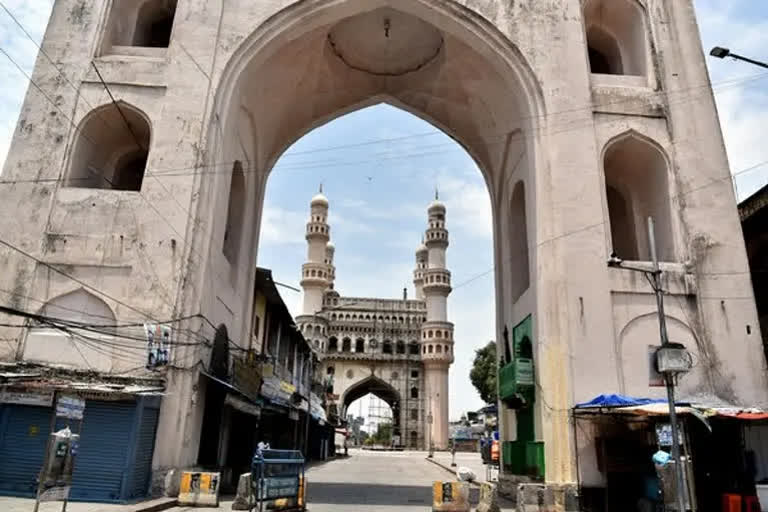Aurangabad: Imposition of Urdu as a medium of instruction in schools and suppression of local languages like Telugu, Marathi and Kannada by the Nizam rulers of Hyderabad triggered a movement that culminated into the annexation of the princely state into India, a freedom fighter recalled. The erstwhile princely state of Hyderabad became a part of the Union of India on September 17, 1948 following a military action called 'Operation Polo'. The day has come into focus this year with the central government recently deciding to organise year-long celebrations to mark 75 years of 'Hyderabad State Liberation'.
The erstwhile Hyderabad state included parts of the present-day state of Telangana, Karnataka, and the Marathwada region of Maharashtra. Seated along the Deccan plateau, the Hyderabad state comprised a population belonging to three linguistic zones - Telugu, Kannada and Marathi. While the majority of its population was Hindu, they were governed by a Muslim ruler. The state was established by Qamar-ud-din Khan (Nizam-ul-Mulk) in 1724.
Talking to PTI on the eve of the Hyderabad Liberation Day anniversary, 94-year-old freedom fighter Bhagwanrao Deshpande recalled how the struggle began. "Though the area under the Nizam's rule was vast, the undercurrent of resentment against the state was same across Telangana, Marathwada, Karnataka regions. The suppression of Telugu, Marathi and Kannada languages was on under the Nizam state and this is from where the struggle began," he said.
As the medium of instruction in schools was Urdu, people insisted that education be imparted in their mother tongue. This gave rise to organisations working for languages. Then the Hyderabad state Congress was formed in 1938 which took this struggle to a political platform. In addition to this, the issues related to employment imbalance, culture, among others, were also raised, Deshpande recalled. The Hyderabad state Congress gave the call of uprooting feudalism from the state, he added.
Deshpande recalled the Hyderabad state Congress providing arms training to people. "When the conflict turned into an armed movement, the Hyderabad state Congress set up nearly 40 camps in the border areas and provided arms training to around 10,000 people," he said. The then chief minister of Madhya Pradesh, Ravishankar Shukla, and its home minister Dwarka Prasad Mishra helped Hyderabad state Congress to procure weapons from Jabalpur, he added.
"Even as the police action against the Nizam state ended on 17 September 1948, political moves were still on. Nizam was made the state head of Hyderabad after that. Although he had no rights, he remained at the post till 1956. But the state Congress demanded that Nizam should be dethroned," the nonagenarian freedom fighter said.
Another demand that the Congress made was to take away arms from common people in the state to avoid religious antagonism. For this, the state Congress took up a campaign to make an appeal to the people, he said. The Nizam signed the instrument of accession on 24 November 1949, more than a year after Hyderabad was annexed. During this period, the flag of Nizam continued to flutter atop the buildings in the state, Deshpande said. (PTI)



